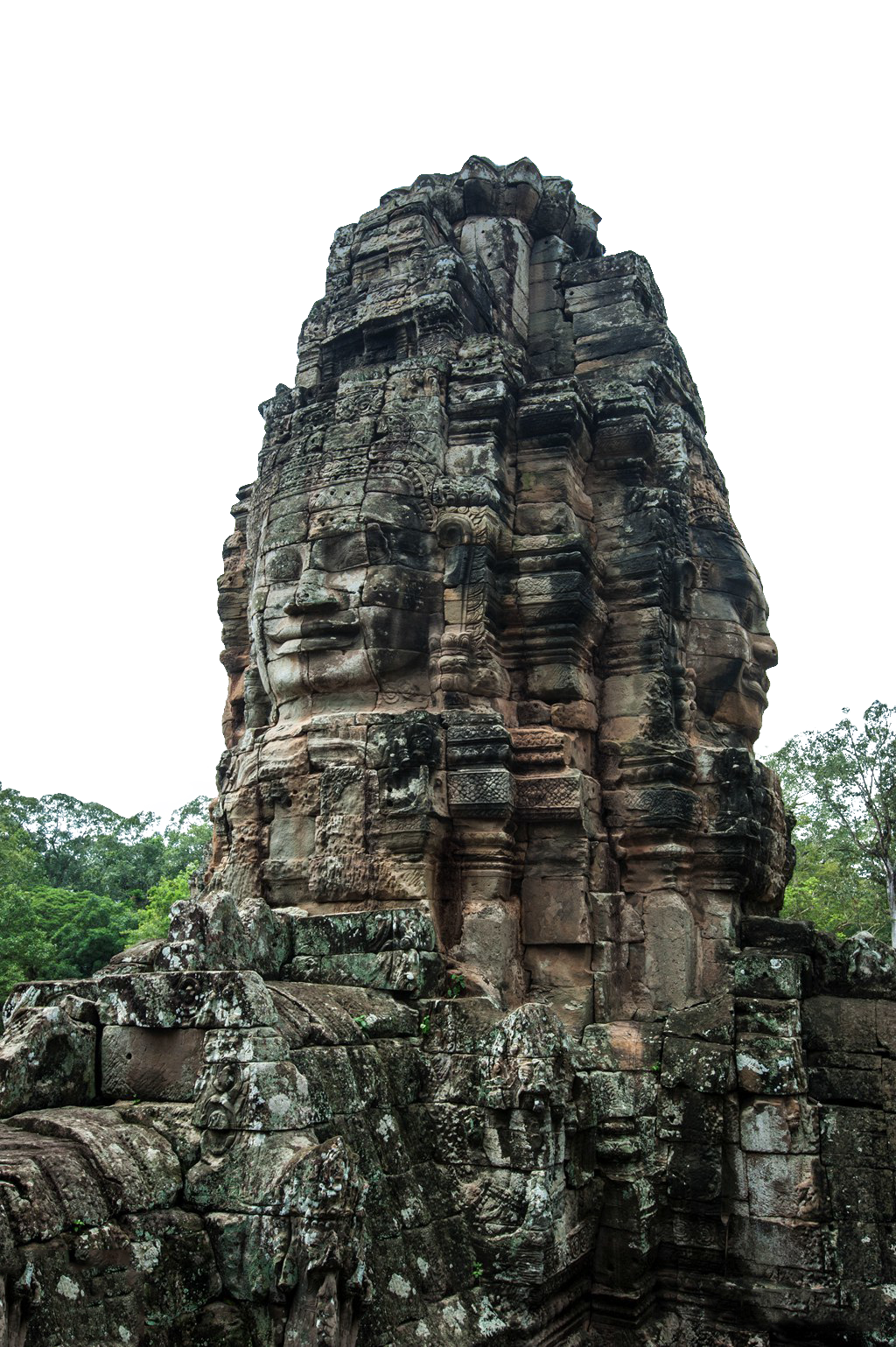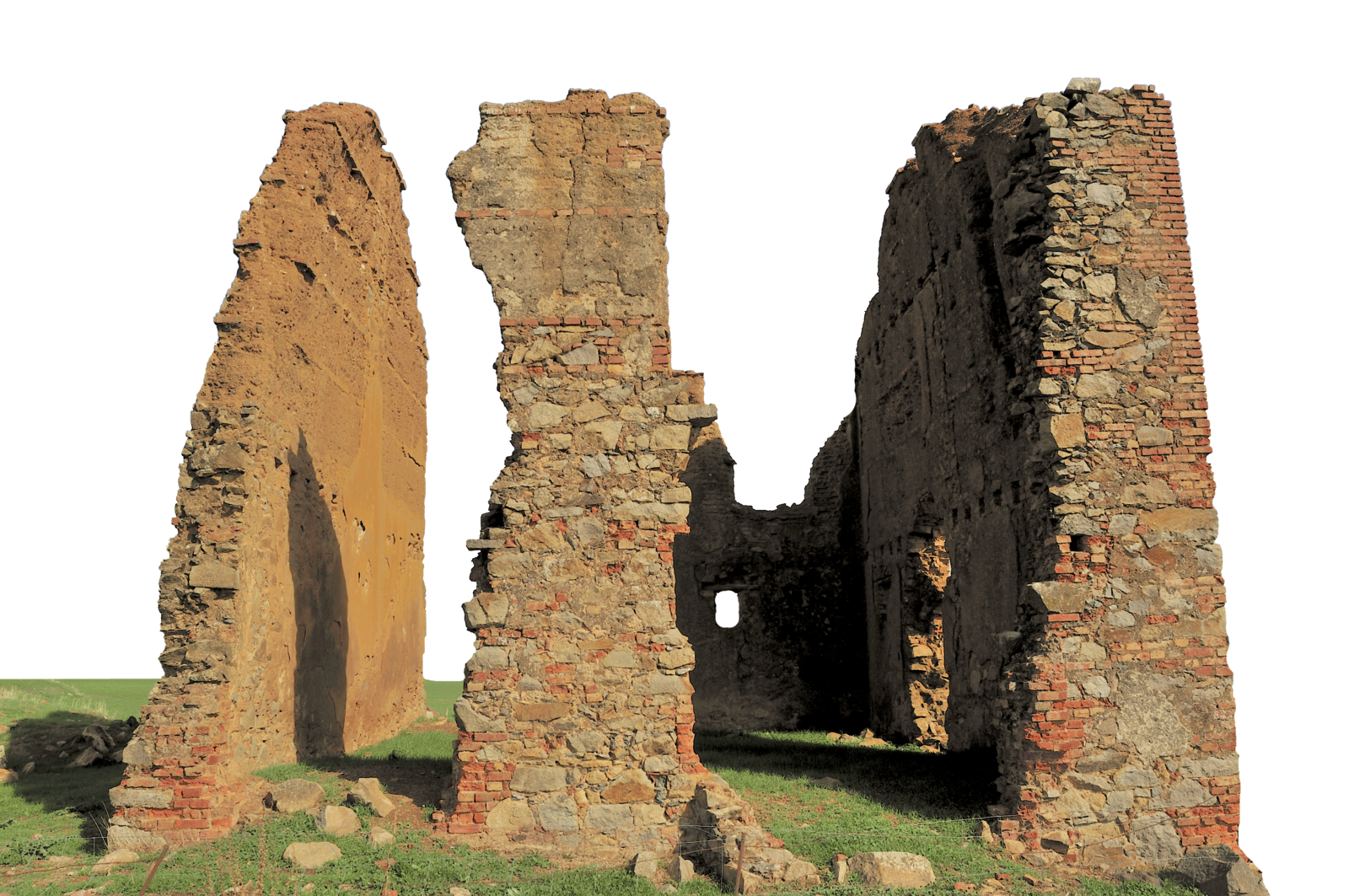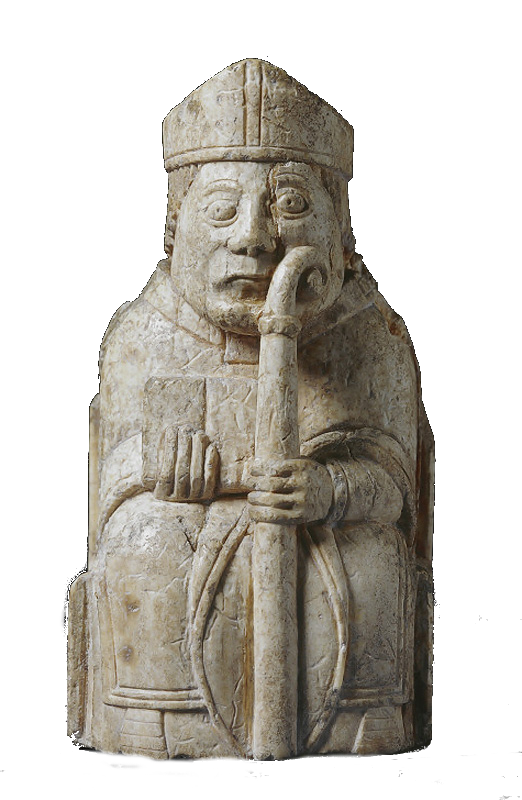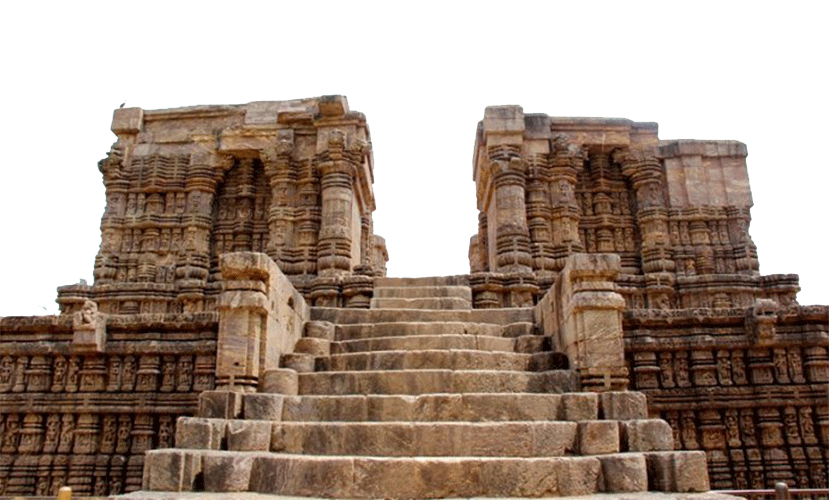Abstract
Non-masticatory labial striations on human anterior teeth are a form of cultural dental wear well recorded throughout the Pleistocene, which has been interpreted as resulting from the use of the mouth as a ‘third hand’ when processing different materials during daily activities, such as cutting meat or working hides with stone tools. Non-masticatory scratches have also been reported on the buccal surface of molars and premolars, although at a far lower frequency compared to the anterior dentition. Previous studies observed an apparent decrease through time in the occurrence of non-masticatory scratches on human teeth, with labial striations appearing to be rare for the Neolithic compared to earlier periods. This study further tests this previously observed pattern through the analysis of over 900 human teeth from 20 sites across England and Wales dating from the Upper Palaeolithic, Mesolithic, and Neolithic, to discuss the distribution and aetiology of non-masticatory striations in the British archaeological record. To record and assess the micro-morphometric characteristics of these dental alterations, macroscopic and microscopic analytical techniques were used. Results show that non-masticatory labial striations are still found on Neolithic teeth, although at a decreased frequency when compared to hunter-gatherer (Upper Palaeolithic and Mesolithic) samples. This may be partly due to changes in diets and food processing methods, as well as types of processed materials and changes in manual handling arising from the inception of the Neolithic in Britain. The sample also includes Upper Palaeolithic, Mesolithic and Neolithic teeth with non-masticatory striations likely associated with funerary practices or cannibalistic treatment of cadavers. Analyses of these marks suggest that striations inflicted during the post-mortem cutting of cadavers from cannibalism or funerary practices differ in their location and micro-morphology, compared with non-masticatory striations produced during the life of an individual using the mouth as a ‘third hand’.



